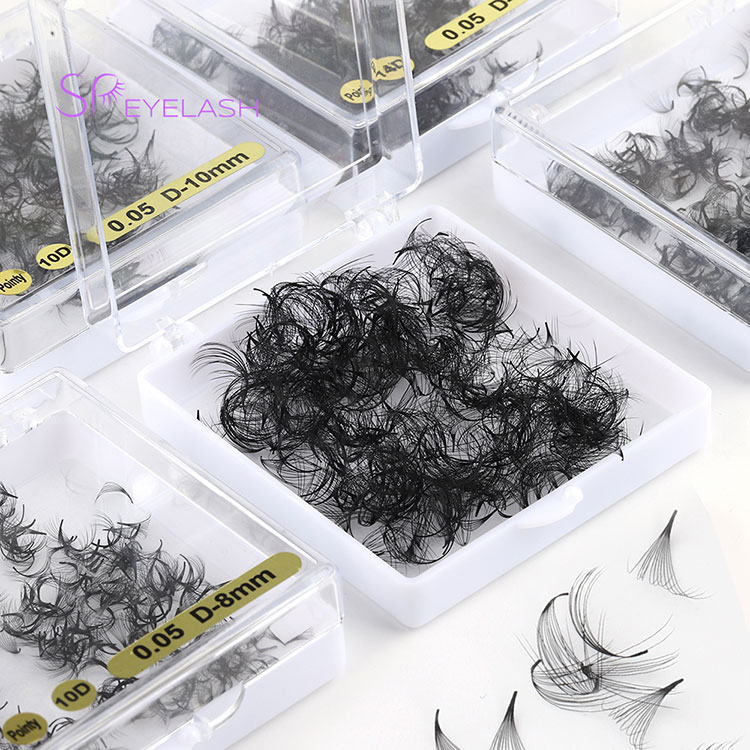 English
English-
 English
English -
 Español
Español -
 Português
Português -
 русский
русский -
 Français
Français -
 日本語
日本語 -
 Deutsch
Deutsch -
 tiếng Việt
tiếng Việt -
 Italiano
Italiano -
 Nederlands
Nederlands -
 ภาษาไทย
ภาษาไทย -
 Polski
Polski -
 한국어
한국어 -
 Svenska
Svenska -
 magyar
magyar -
 Malay
Malay -
 বাংলা ভাষার
বাংলা ভাষার -
 Dansk
Dansk -
 Suomi
Suomi -
 हिन्दी
हिन्दी -
 Pilipino
Pilipino -
 Türkçe
Türkçe -
 Gaeilge
Gaeilge -
 العربية
العربية -
 Indonesia
Indonesia -
 Norsk
Norsk -
 تمل
تمل -
 český
český -
 ελληνικά
ελληνικά -
 український
український -
 Javanese
Javanese -
 فارسی
فارسی -
 தமிழ்
தமிழ் -
 తెలుగు
తెలుగు -
 नेपाली
नेपाली -
 Burmese
Burmese -
 български
български -
 ລາວ
ລາວ -
 Latine
Latine -
 Қазақша
Қазақша -
 Euskal
Euskal -
 Azərbaycan
Azərbaycan -
 Slovenský jazyk
Slovenský jazyk -
 Македонски
Македонски -
 Lietuvos
Lietuvos -
 Eesti Keel
Eesti Keel -
 Română
Română -
 Slovenski
Slovenski -
 मराठी
मराठी -
 Srpski језик
Srpski језик
The Art of Selecting High-Quality Fake Eyelashes for a Salon: A Guide for Intermediaries
2025-01-07
Understanding the Market
Before diving into the selection process, intermediaries must first familiarize themselves with the vast array of fake eyelashes available. The market is segmented based on various factors such as material (synthetic, mink, human hair, etc.), length, curl type, and application method (individual lashes, strips, or magnetic). Each type caters to different client preferences and needs, ranging from natural-looking daily wear to bold, dramatic effects for special occasions.
Identifying Quality Criteria
1.Material Composition:
1.1 Synthetic Fibers: Cost-effective and widely available, synthetic lashes offer durability but may lack the softness and natural appearance of other materials.
1.2 Mink Fur: Renowned for their softness and natural光泽, mink lashes are premium options but come with ethical concerns regarding animal welfare.
1.3. Human Hair: Offering the closest match to natural lashes, human hair extensions are highly sought after but can be more expensive and require special care to maintain their integrity.
2. Craftsmanship:
2.1. Precision in the attachment of lashes to the strip or cluster is vital. Uneven spacing or poorly adhered lashes can lead to discomfort and an unnatural appearance.
2.2. The quality of the adhesive used also matters, as it should be gentle on the eyes and provide a strong, long-lasting bond.
3. Durability:
3.1. High-quality lashes should retain their shape and curl over multiple wears without excessive shedding.
3.2. Resistance to heat styling and everyday wear and tear is another indicator of durability.
4. Hygiene and Safety:
4.1. Ensure that the lashes are manufactured in hygienic conditions and comply with relevant safety regulations.
4.2. Avoid lashes treated with harmful chemicals that could irritate the eyes.
Supplier Evaluation
1. Reputation and Credentials:
1. Research suppliers thoroughly, checking for certifications, customer reviews, and industry recognition.
2. Established brands with a history of quality assurance are generally safer bets.
2. Sampling and Testing:
1. Request samples from potential suppliers and test them in real-world scenarios.
2. Assess comfort, appearance, and durability based on the feedback from salon clients.
3. Price vs. Value:
1. Balance cost-effectiveness with quality. While premium lashes may have a higher upfront cost, their longevity and client satisfaction can justify the investment.
2. Be wary of extremely low-priced options, as they may compromise on quality.
Trend Awareness
Staying updated on the latest trends in eyelash fashion is crucial for intermediaries. From subtle natural looks to bold, statement-making styles, client preferences evolve rapidly. Regularly attending beauty expos, subscribing to industry newsletters, and engaging with the beauty community can help intermediaries stay ahead in the curve.
Customer Feedback Loop
Establish a robust feedback mechanism to gather insights from salon clients about their experiences with the lashes. This direct feedback can highlight areas for improvement and guide future selections.
Ethical Considerations
As an intermediary, it's your responsibility to ensure that the lashes sourced do not contribute to unethical practices, such as animal cruelty or labor exploitation. Opt for cruelty-free and ethically sourced options to align with the growing consumer demand for sustainability and morality in beauty products.
Selecting high-quality fake eyelashes for a salon is a delicate balance of aesthetics, durability, safety, and ethics. By understanding the market, adhering to strict quality criteria, evaluating suppliers meticulously, staying trend-aware, and valuing customer feedback, intermediaries can curate a collection of lashes that not only meets but exceeds client expectations. Remember, the success of any beauty service lies in its ability to make clients feel beautiful, confident, and valued—and high-quality fake eyelashes are a significant step towards achieving that goal.





